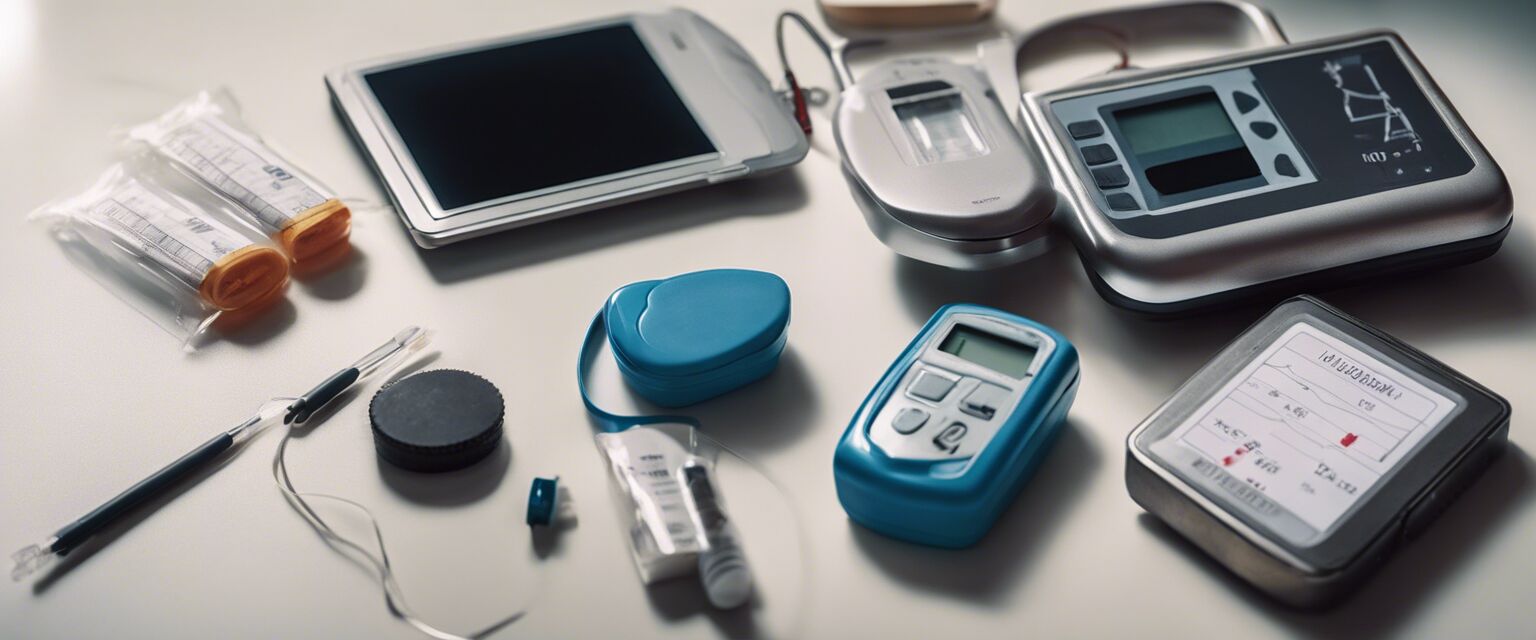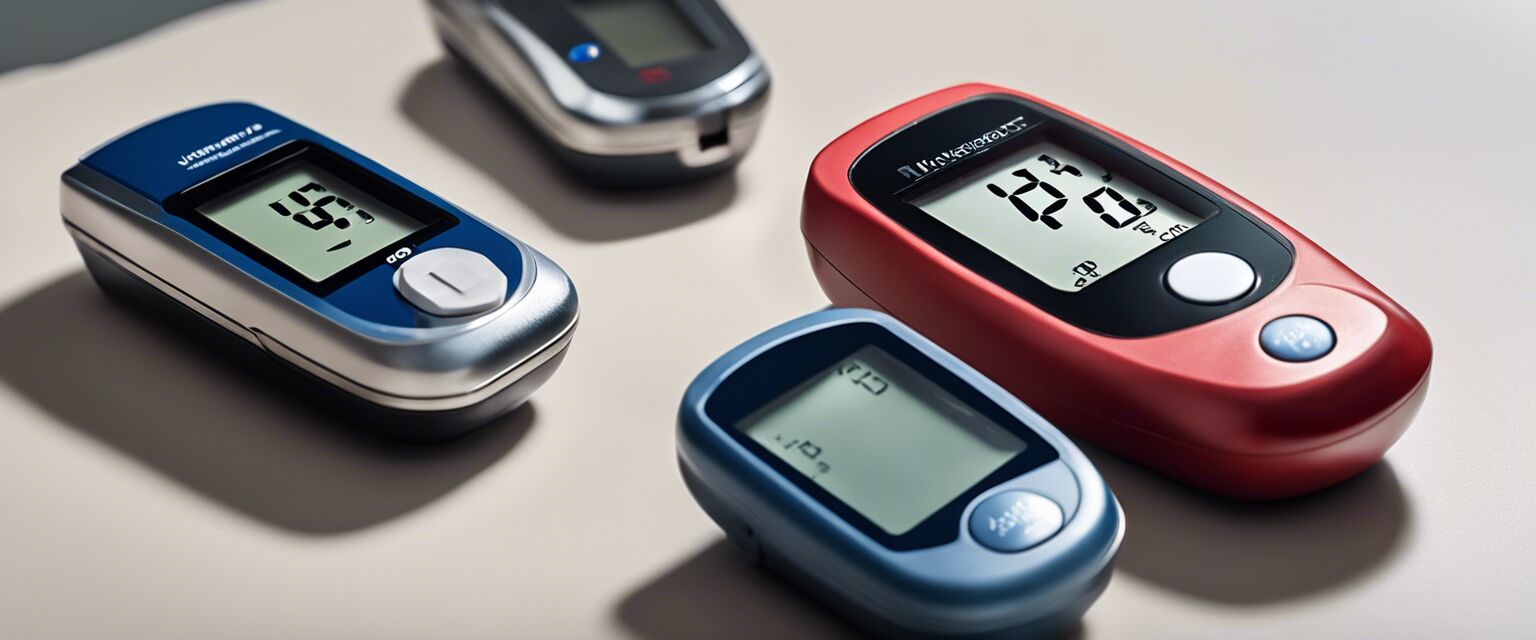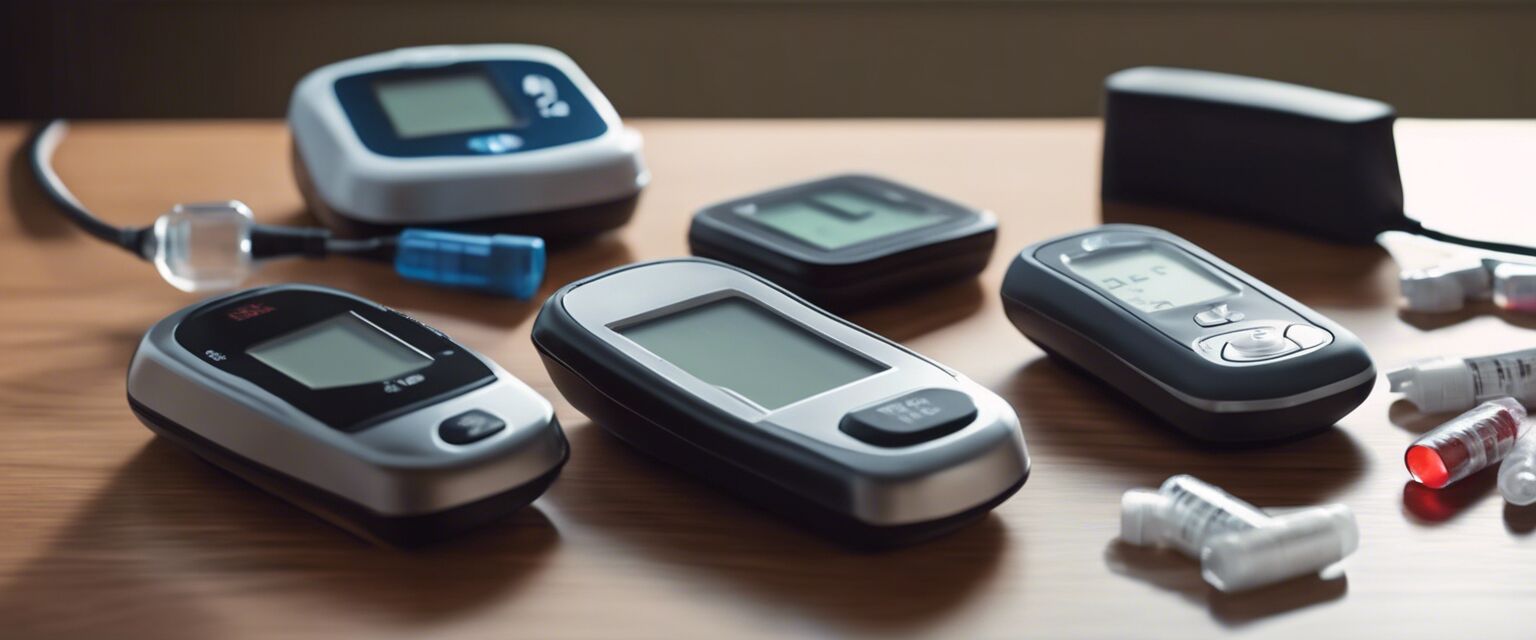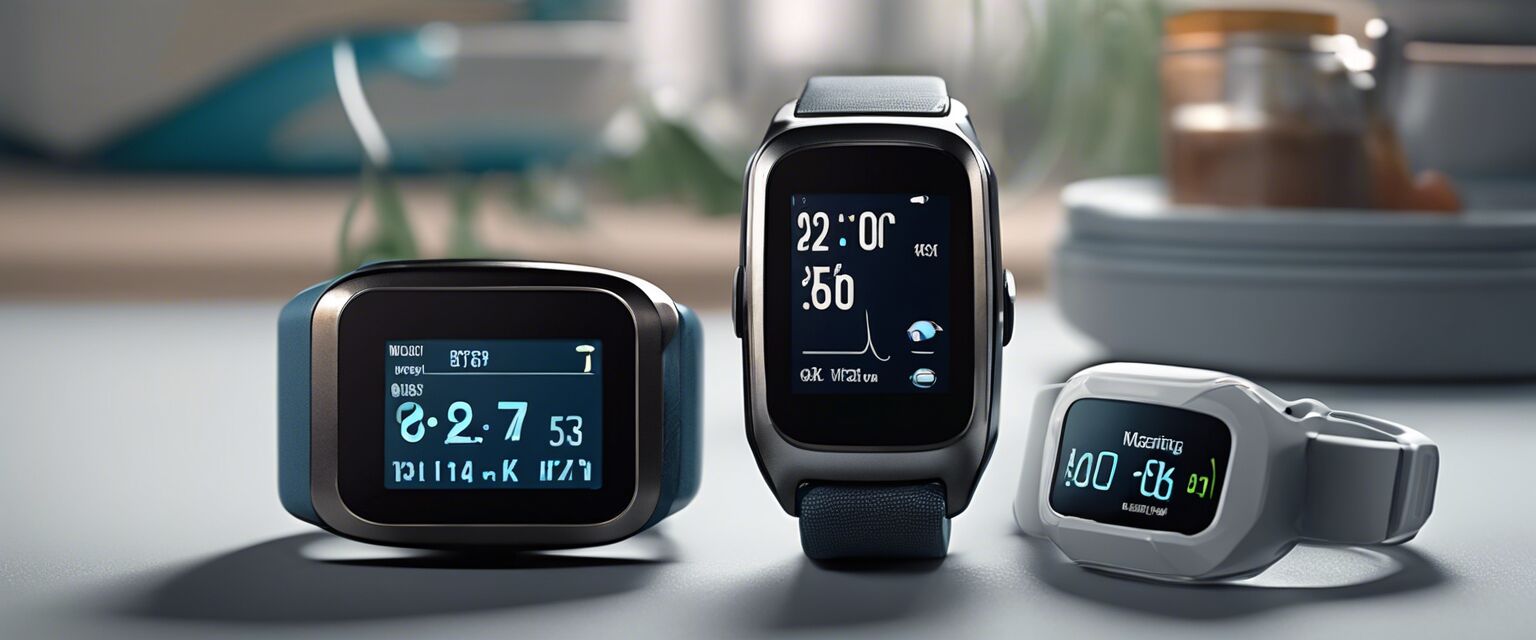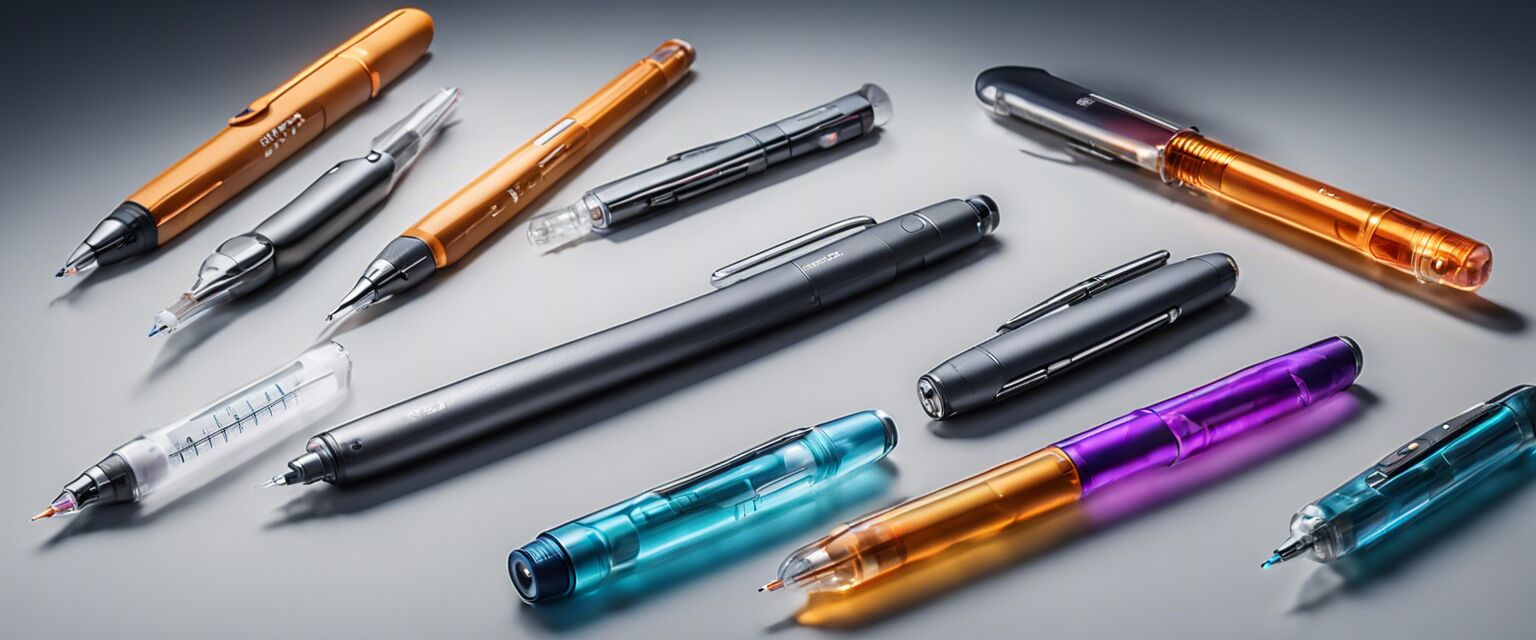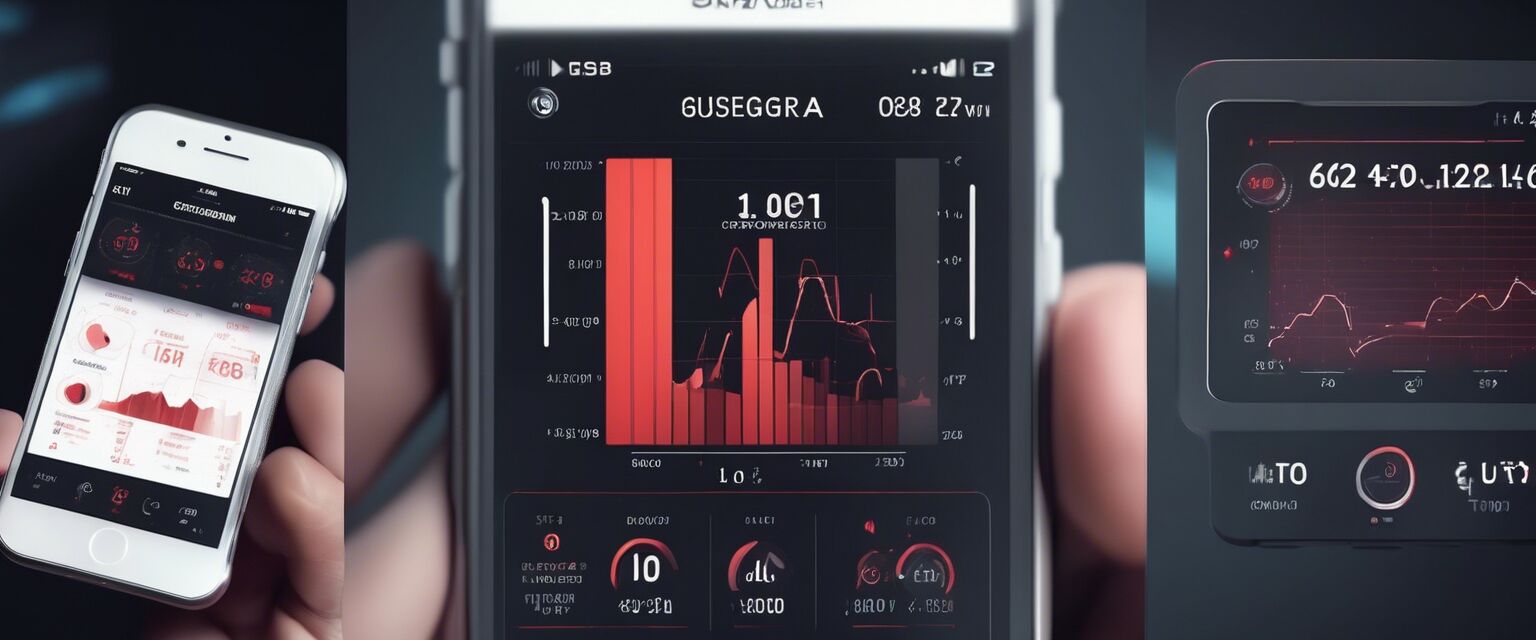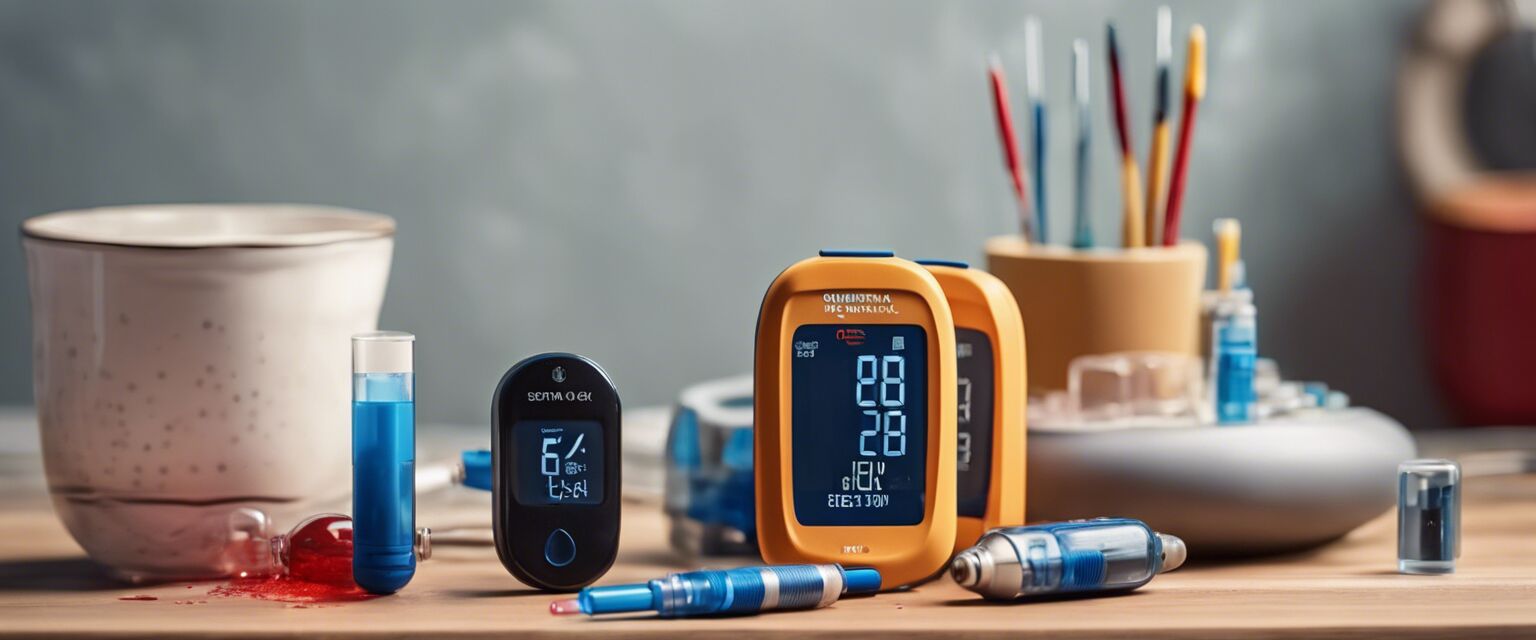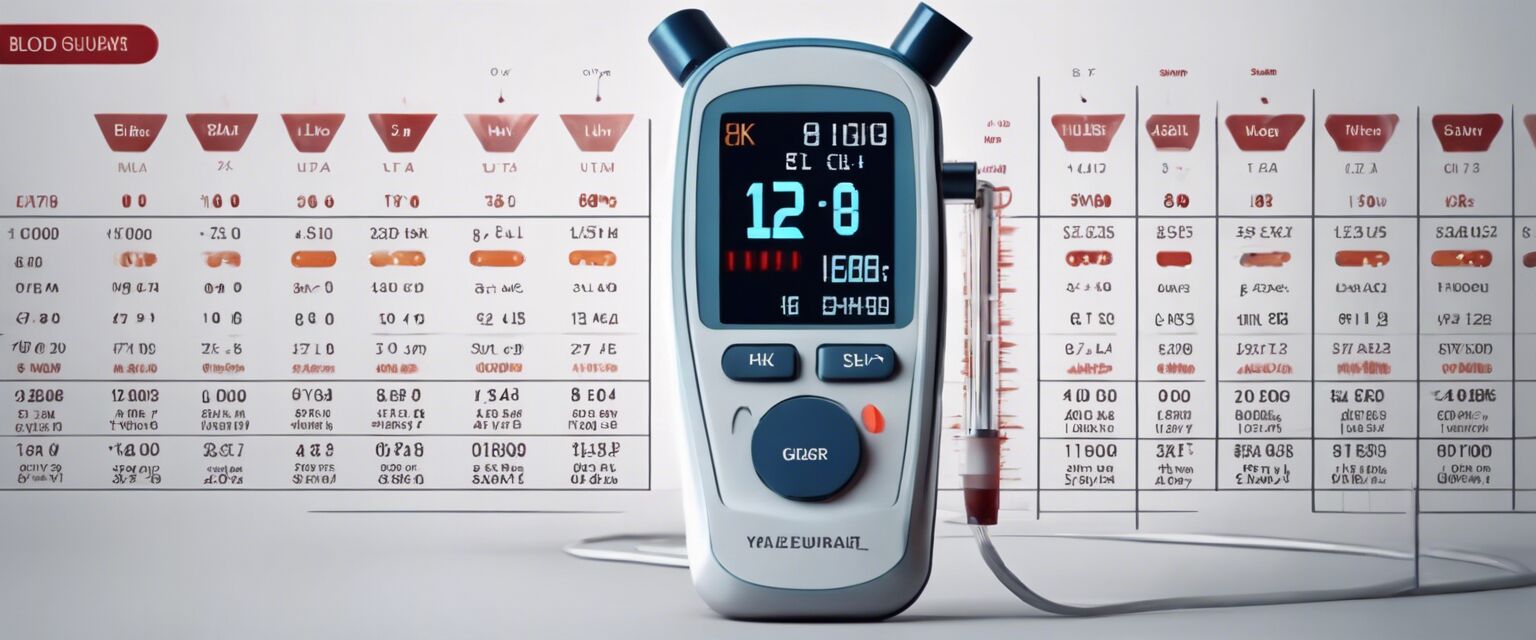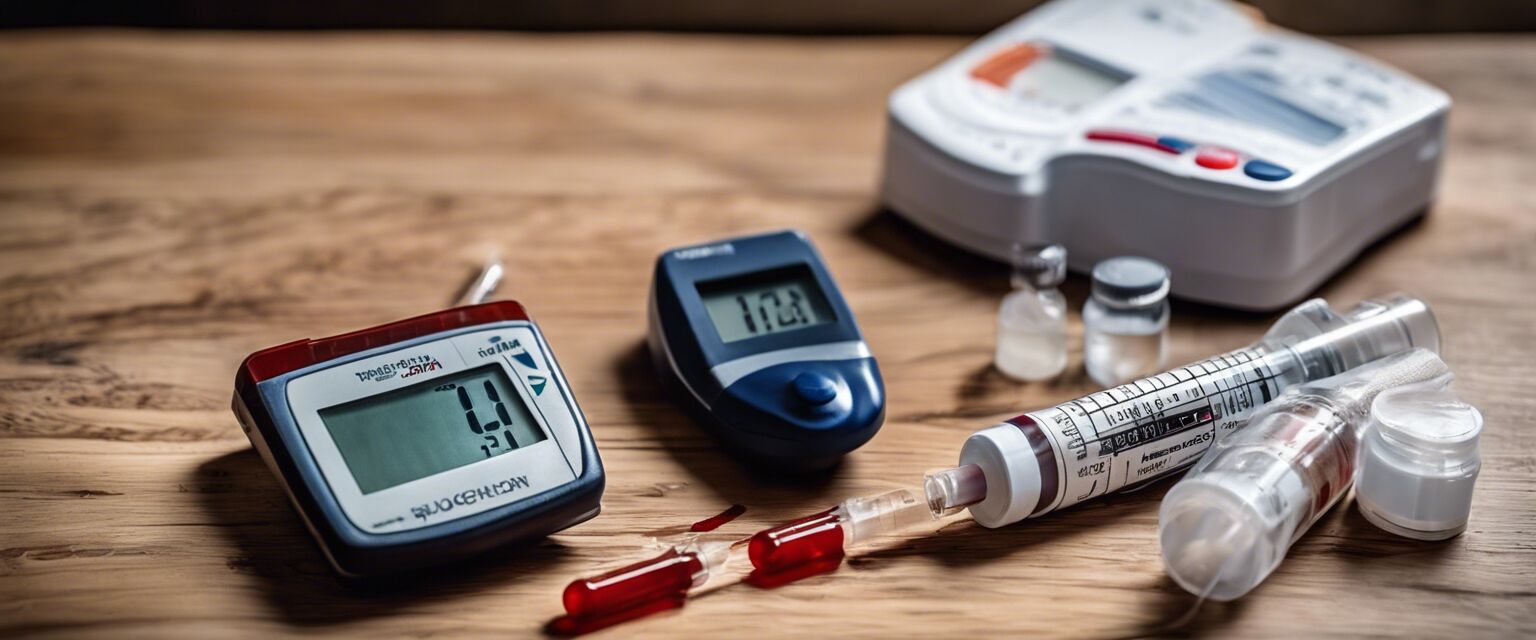
Blood Sugar Testing Strips: A Comprehensive Guide
Key Takeaways
- Blood sugar testing strips are essential for accurate glucose monitoring.
- Choosing the right strips depends on your glucose monitor model.
- Proper storage and handling are crucial for test accuracy.
- Various types of testing strips are available, including those compatible with continuous glucose monitors.
Welcome to our detailed guide on blood sugar testing strips. These small yet crucial tools play a vital role in glucose monitoring, helping individuals manage their diabetes effectively. In this article, we will explore how to select the right testing strips, their types, and best practices for usage.
Understanding Blood Sugar Testing Strips
Blood sugar testing strips are designed to work with glucometers to measure the glucose levels in your blood. When you apply a blood sample to the strip, a chemical reaction occurs, and the glucometer displays the blood sugar level.
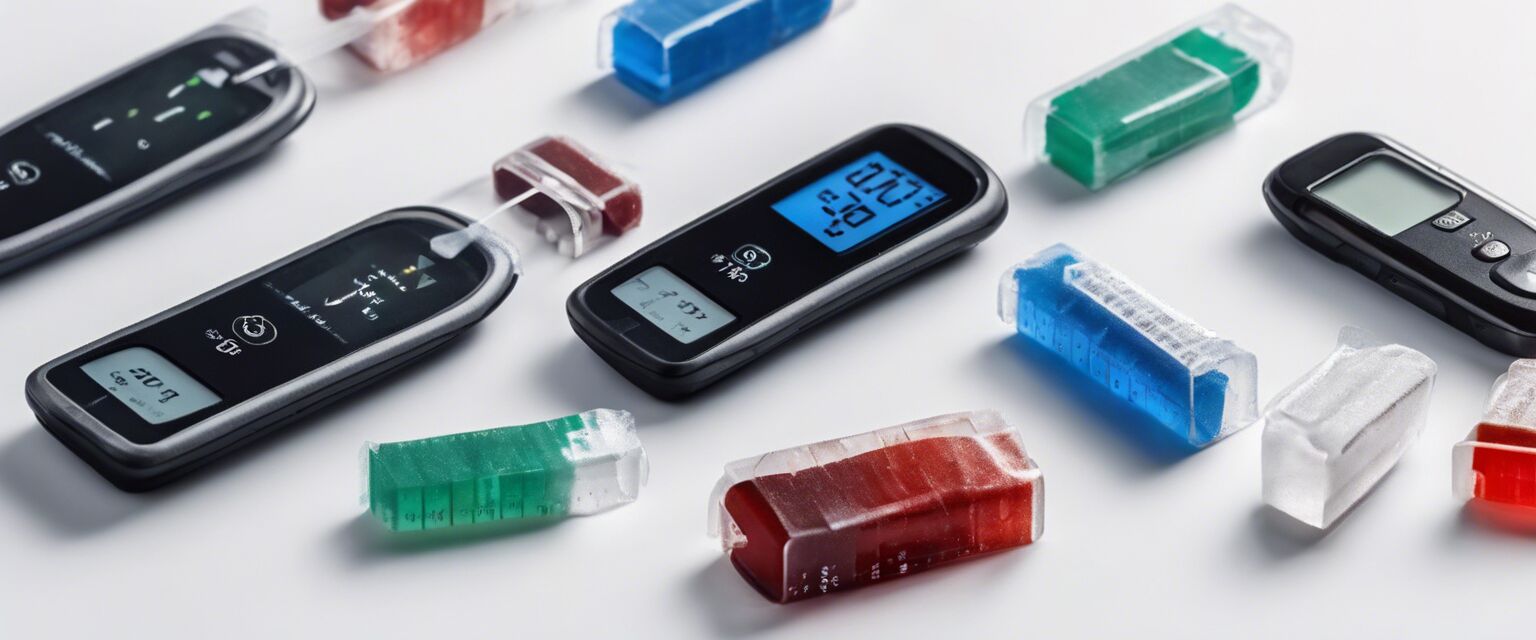
Types of Blood Sugar Testing Strips
| Type | Description | Compatibility |
|---|---|---|
| Standard Strips | Basic strips for traditional glucometers. | Most regular glucometers |
| Smartphone-Compatible Strips | Strips that connect with smartphone apps for tracking. | Specific smartphone-compatible monitors |
| Continuous Glucose Monitor Strips | Used for devices that provide continuous glucose readings. | Continuous glucose monitors |
| Painless Glucose Monitor Strips | Strips designed for devices with minimal pricking. | Painless glucose monitors |
Choosing the Right Blood Sugar Testing Strips
When selecting blood sugar testing strips, consider the following factors:
- Compatibility: Ensure the strips are compatible with your specific blood glucose monitor.
- Expiration Date: Always check the expiration date on the packaging.
- Storage: Store strips in a cool, dry place, away from direct sunlight.
- Cost: Compare prices, as costs can vary between brands.
Best Practices for Using Blood Sugar Testing Strips
Proper use of testing strips is essential for accurate results. Follow these best practices:
- Read the instructions carefully before use.
- Wash your hands before testing to avoid contamination.
- Use fresh blood samples and apply them correctly to the strip.
- Dispose of used strips safely to maintain hygiene.
Common Questions About Blood Sugar Testing Strips
How often should I test my blood sugar?
The frequency of testing depends on your diabetes management plan. Consult with your healthcare provider for personalized recommendations.
What if my test results seem inaccurate?
Inaccurate readings can occur due to expired strips, improper storage, or incorrect usage. Always check the expiration date and ensure you follow best practices.
Where can I purchase blood sugar testing strips?
You can find blood sugar testing strips at pharmacies, medical supply stores, and online retailers. For more options, check out our monitor accessories page.
Comparing Blood Sugar Testing Strips
| Brand | Type | Price Range | Features |
|---|---|---|---|
| Brand A | Standard Strips | $10 - $15 | High accuracy, easy to use. |
| Brand B | Smartphone-Compatible Strips | $15 - $20 | Connects with apps, tracks data. |
| Brand C | Continuous Monitoring Strips | $20 - $25 | Real-time glucose readings. |
Tips for Beginners
- Start with a simple glucometer that uses standard strips.
- Practice using the device with your healthcare providerâs guidance.
- Keep a log of your readings to discuss with your doctor.
- Familiarize yourself with the different types of strips available.
Pros
- Essential for effective diabetes management.
- Affordable and widely available.
- Variety of options tailored to different needs.
Cons
- Can be costly if not covered by insurance.
- Expiration and storage conditions may affect accuracy.
- Different monitors require different strips.
Conclusion
Blood sugar testing strips are an indispensable part of managing diabetes. By understanding the different types, selecting the right strips, and following best practices, you can ensure accurate glucose monitoring. For more information on blood sugar monitors and accessories, visit our Advanced Health Monitors page.

